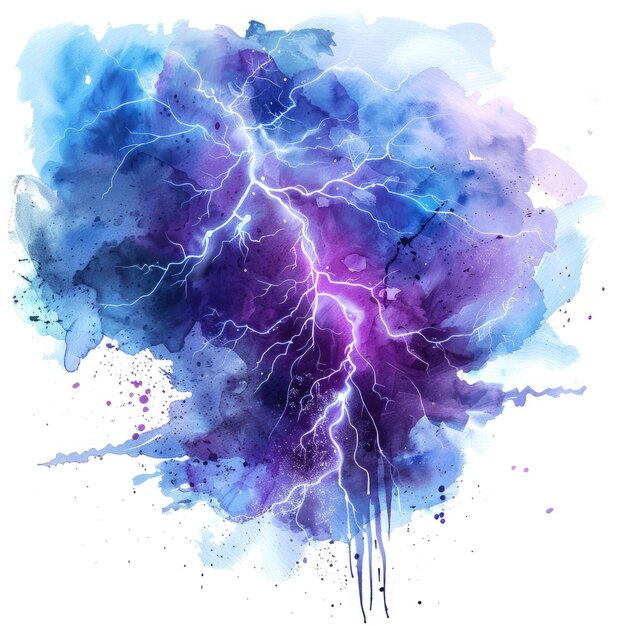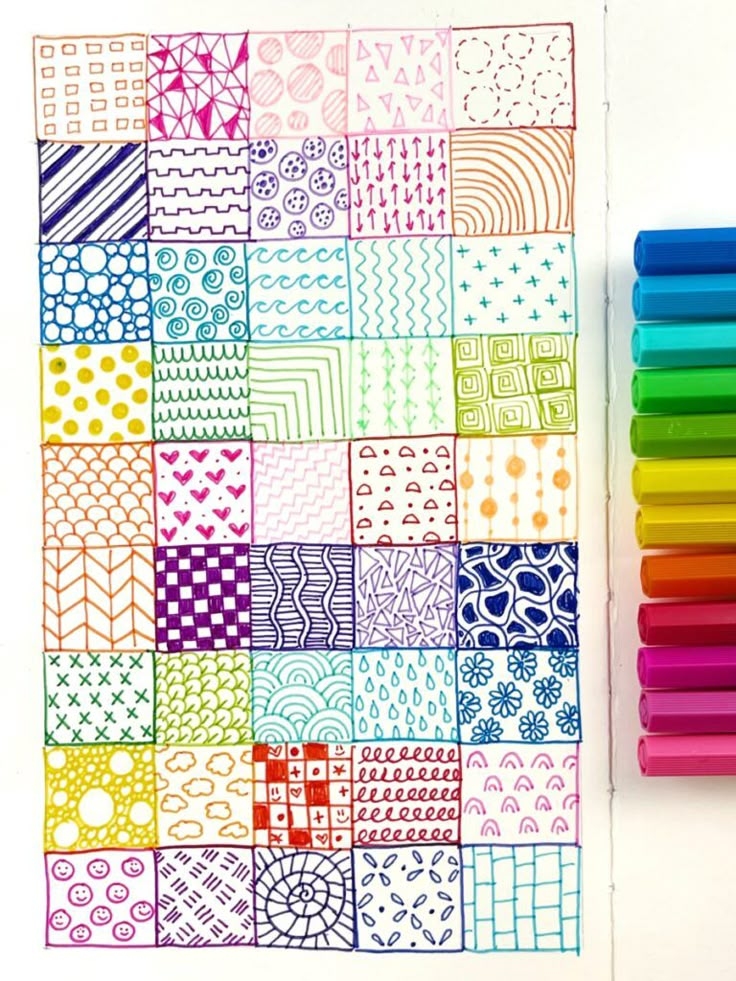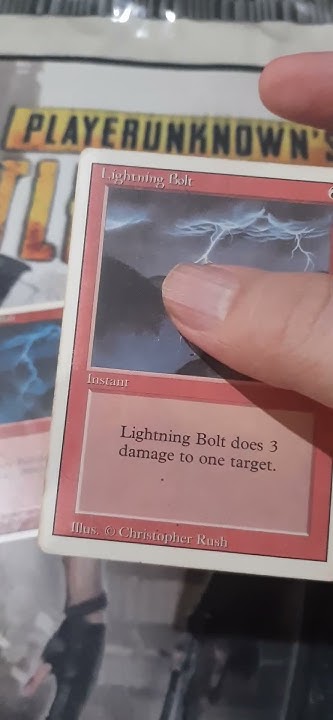Mastering the Art of Drawing Lightning Bolts

Drawing lightning bolts is an art that can add dynamic energy and excitement to your artwork. Whether you're an aspiring artist, a comic book enthusiast, or simply looking to create eye-catching visuals, mastering this skill will undoubtedly elevate your creations. In this comprehensive guide, we delve into the techniques, tips, and insights that will help you become a pro at drawing lightning bolts that sizzle with realism and impact.
Understanding the Lightning Bolt’s Form

At its core, a lightning bolt is a complex natural phenomenon, a discharge of electricity that occurs within a cloud or between a cloud and the ground. Understanding its basic shape and behavior is essential for replicating it on paper. Lightning bolts often appear as jagged, erratic lines, but they can also be more fluid and graceful, depending on the specific type of lightning.
There are several types of lightning bolts, each with its unique characteristics: forked lightning, sheet lightning, ribbon lightning, bead lightning, and heat lightning, among others. Each type has a distinct appearance and behavior, which can add depth and variety to your artwork. For instance, forked lightning, the most common type, often has several branches, giving it a tree-like appearance. Sheet lightning, on the other hand, is a horizontal lightning flash that illuminates a large area of the sky, creating a sheet-like effect.
| Type of Lightning | Description |
|---|---|
| Forked Lightning | Multiple branches, resembling a tree. |
| Sheet Lightning | Horizontal flash, creating a sheet-like illumination. |
| Ribbon Lightning | Thin, vertical stripes, often seen in multiple layers. |
| Bead Lightning | Appears as a series of bright beads along a single path. |
| Heat Lightning | Often seen on the horizon, this lightning is usually too far away to hear the thunder. |

Familiarize yourself with these different types of lightning to create more realistic and varied illustrations. Additionally, consider the direction and angle of your lightning bolts. They can strike horizontally, vertically, or even diagonally, each offering a unique visual effect.
Essential Tools and Techniques

To draw lightning bolts effectively, you’ll need a few key tools and techniques at your disposal. Here’s a breakdown of the essentials:
Pencils and Erasers
A good quality pencil is your primary tool for drawing lightning bolts. Look for pencils with a soft lead (such as 2B or 4B) to create dark, expressive lines. Additionally, a high-quality eraser is crucial for making precise corrections and achieving the desired level of detail. Kneaded erasers are particularly useful for this purpose.
Paper Choice
The type of paper you use can significantly impact your drawing. Opt for paper with a smooth surface for detailed work. Sketchbooks or drawing pads with high-quality paper are ideal for this purpose. If you’re planning to use digital tools, a graphic tablet can provide a similar tactile experience, allowing you to draw with more precision.
Techniques for Drawing Lightning Bolts
When drawing lightning bolts, it’s important to capture their dynamic and erratic nature. Start by sketching a basic outline of the bolt, focusing on its overall shape and direction. From there, add details and variations to create the impression of movement and energy. Here are some key techniques to consider:
- Jagged Lines: Create jagged, irregular lines to mimic the natural path of lightning. Avoid drawing smooth, straight lines, as they can make your lightning bolt look more like a simple arrow.
- Varied Thickness: Lightning bolts often have varying thicknesses along their length. To achieve this effect, apply more pressure on your pencil for thicker lines and less pressure for thinner ones.
- Directional Flow: Pay attention to the direction your lightning bolt is traveling. The lines should follow a consistent flow, with the sharpest angles pointing towards the direction of the bolt's travel.
- Shading and Highlights: Use shading to add depth and realism to your lightning bolt. Highlights can create the illusion of bright, flashing light, making your drawing more dynamic.
- Practice with Different Angles: Experiment with drawing lightning bolts from various angles and directions. This will help you understand how the form changes and how to capture its energy from different perspectives.
Advanced Techniques for Realism
To take your lightning bolt drawings to the next level, consider incorporating advanced techniques that add depth and realism to your artwork.
Capturing the Energy
Lightning bolts are all about energy and movement. To capture this effectively, focus on creating a sense of flow and direction in your drawing. Start by sketching the basic path of the bolt, then add smaller, more intricate lines to create the impression of electrical current. These smaller lines should radiate outward from the main path, giving the impression of energy radiating from the bolt.
Adding Texture and Detail
Texture is crucial for creating realistic lightning bolts. Experiment with different pencil techniques to add texture to your drawings. For instance, you can use a hatching technique, where you draw a series of parallel lines close together, to create a textured effect. Or, try cross-hatching, which involves drawing lines at right angles to each other, to add depth and shading.
Incorporating Shadows and Highlights
Shadows and highlights play a vital role in making your lightning bolts appear three-dimensional and realistic. Use a soft pencil or a blending stump to create smooth gradients and add shadows to the areas where the lightning bolt seems to recede. Conversely, leave highlights on the areas where light would naturally hit, such as the tips of the bolt or along its length.
Color and Lighting Effects
While most lightning bolts are depicted in black and white, adding color can create a whole new dimension to your artwork. Consider using shades of blue or purple to create a more intense, electric feel. You can also experiment with different lighting effects, such as adding a bright halo around the bolt to simulate the intense light emitted by lightning.
Inspiration and Creative Ideas
When it comes to drawing lightning bolts, there’s a wealth of inspiration to draw from. Nature provides the ultimate source of inspiration, with lightning displays occurring regularly in various parts of the world. Studying these natural phenomena can provide valuable insights into the form, behavior, and beauty of lightning.
Additionally, comic books, graphic novels, and video games often feature dynamic and imaginative lightning effects. Studying the work of artists in these mediums can offer valuable creative insights and techniques for your own drawings. Consider the work of artists like Jim Lee, whose intricate and detailed lightning effects have become iconic in the comic book world.
Creative Uses of Lightning Bolts
Beyond their natural and comic book contexts, lightning bolts can be used creatively in various ways. They can serve as powerful design elements, adding energy and impact to logos, posters, and other visual media. For instance, a lightning bolt can symbolize power, speed, or even a sudden burst of inspiration.
In conclusion, mastering the art of drawing lightning bolts requires a combination of technical skill, an understanding of natural phenomena, and a healthy dose of creativity. By studying the form and behavior of lightning, using the right tools and techniques, and incorporating advanced effects, you can create visually stunning and realistic lightning bolts that will leave a lasting impression on your audience.
How can I make my lightning bolts look more realistic?
+To achieve realism, focus on capturing the energy and movement of lightning. Use varied line thickness, directional flow, and shading to create depth. Study different types of lightning bolts and practice drawing them from various angles.
What tools do I need to draw lightning bolts effectively?
+You’ll need high-quality pencils with soft leads (e.g., 2B or 4B), a kneaded eraser for precision corrections, and smooth paper for detailed work. If you’re using digital tools, a graphic tablet can provide a similar tactile experience.
How can I add color and lighting effects to my lightning bolt drawings?
+Color can enhance the intensity and electric feel of your lightning bolts. Experiment with shades of blue or purple. For lighting effects, consider adding a bright halo around the bolt to simulate the intense light of lightning.



